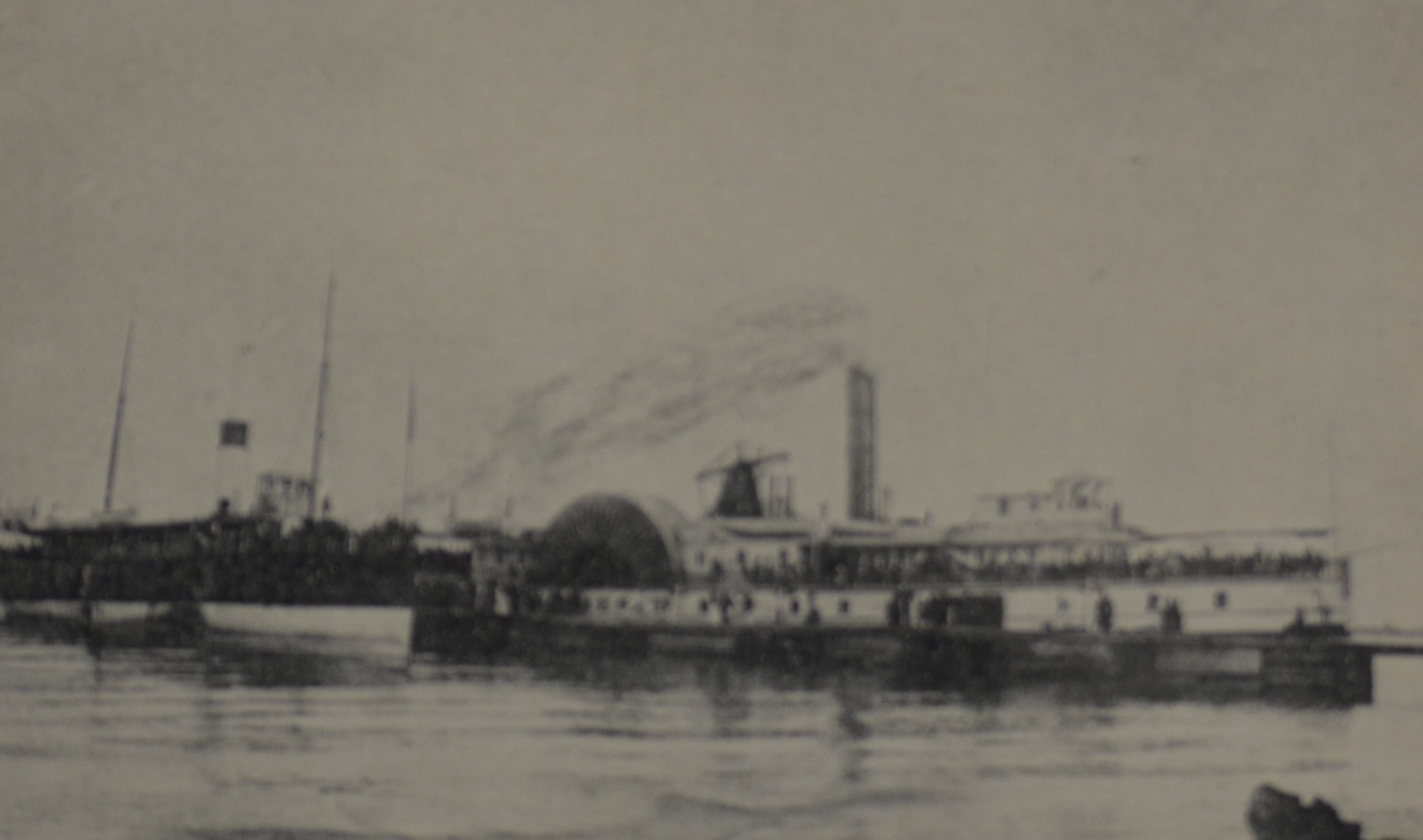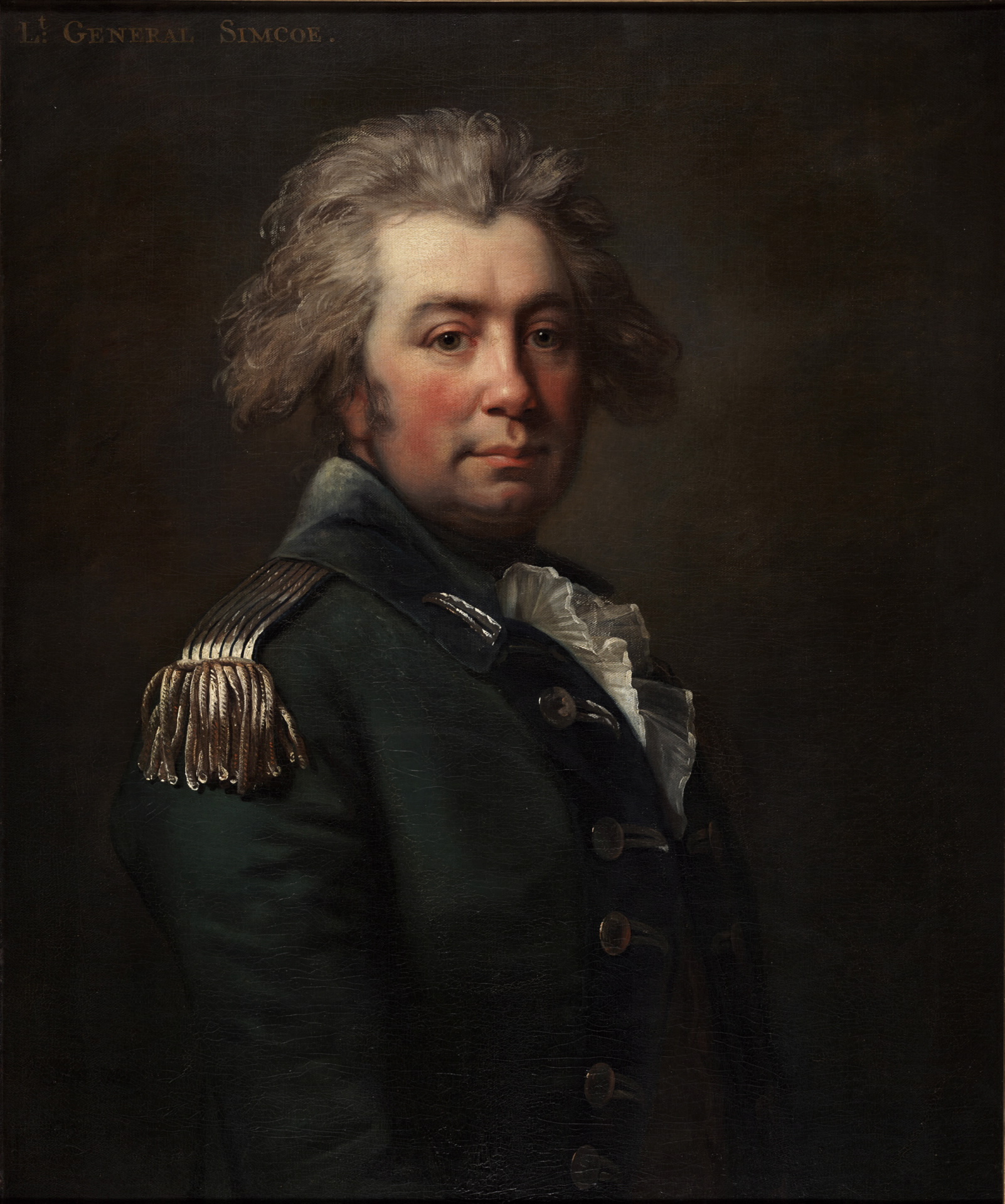The Civic Holiday is celebrated on the first Monday of August and it is a public holiday in some provinces and territories, although it is not a statutory holiday. When not given a local name, it is often referred to as the “Civic Holiday”. The Toronto Caribbean Carnival, formerly known as Caribana, coincides with this holiday weekend and with the observance of Emancipation Day.
In its early years, the “Civic Holiday” was established by order of the Mayor of a given municipality. As such, there was some variation in terms of when the holiday occurred, and even when the practice began. The earliest reference to a Civic Holiday in Toronto dates to 1861 (held on Thursday, September 12, 1861, to be exact), but the practice of granting a Civic Holiday predates 1861 in other areas. For example, London granted a holiday to workers in 1856, Cobourg in 1857, and Kingston followed in 1858. After Toronto began their holiday in 1861, Hamilton and Guelph did the same in 1862. The date of the holiday varied year by year, and from municipality to municipality. For the holiday shops and businesses were closed and the day was spent with picnics and railway and steamer excursions. For some wealthier residents, the Civic Holiday was often spent aboard Lake Ontario steamers, such as the Greyhound, Chicoutimi, and the J.W. Steinhoff, amongst others. The boats transported cottagers and picnickers to places such as Lorne Park, Victoria Park, Grimsby Park and Hanlan’s Point.

The idea of a Civic Holiday spread quickly, reaching Winnipeg, Manitoba in 1874. The first reference to a local observance of a Civic Holiday may have taken place in Streetsville on Friday, July 24, 1863, although I am still searching for confirmation of this.
But back to Toronto: after 1861, by way of Mayoral proclamation, a “day of recreation” was announced as a mid-to-end of summer holiday. Each year the date varied until 1875 when the City of Toronto affixed the date of the Civic Holiday as being the first Monday in August. Other municipalities gradually adopted the same, largely due to pressure to coordinate passenger and freight schedules on connecting railways. But why was the first Monday in August chosen? The chosen day of the Civic Holiday connected with an already established, and at the time growing, community celebration, both in Toronto and elsewhere: Emancipation Day.
Emancipation Day commemorates the “Act for the Abolition of Slavery throughout the British Colonies”, which took effect on August 1, 1834, ending slavery in Canada (and elsewhere). Some communities developed local celebrations and commemorations to mark this anniversary in the 1840s, with local celebrations becoming established in the late 1850s. In Toronto, one of the earliest found references to an Emancipation Day gathering took place on August 1, 1859. There is some local reference in historic Mississauga around organizing Emancipation Day gatherings in 1856 and 1857, but it is unclear if anything transpired.

In terms of linking the Civic Holiday to Emancipation Day gatherings, the reasoning is not clearly explained in early newspapers, such as The Globe, but in 1869 the Civic Holiday was held on August 2, 1869, and was linked in the newspaper with the Emancipation Day gatherings held the previous day. Perhaps, for elected officials of the day, there was logic in regards to potential service disruptions and planning for community gatherings by connecting the two separate happenings in terms of when they occurred.

But what’s in a name?
The Civic Holiday does not have a formal name across the province. Many refer to it as Simcoe Day, but there are others names. The City of Toronto officially adopted the name Simcoe Day for the Civic Holiday in 1969, in honour of our first Lieutenant-Governor, Sir John Graves Simcoe, who was also instrumental in passing an act against slavery in Upper Canada (Ontario) in 1793. Many other municipalities followed this trend, while others simply chose “Ontario Day”.

However, since it is a municipal holiday, many individual cities and towns began to rename the holiday after historical personages or events that reflected their own unique heritage. For example:
• “Colonel By Day” in Ottawa
• “George Hamilton Day” in Hamilton
• “Joseph Brant Day” in Burlington
• “Founders’ Day” in Brantford
• “McLaughlin Day” in Oshawa
• “Alexander Mackenzie Day” in Sarnia
• “James Cockburn Day” in Cobourg
• “Peter Robinson Day” in Peterborough
• “John Galt Day” in Guelph
• “Benjamin Vaughan Day” in Vaughan
But what about Mississauga, you might wonder? There was some discussion, back in the early 2000s, of naming the Civic Holiday in Mississauga after Reverend Peter Jones (Kahkewaquonaby, 1802-1856), a renowned Chief of the Mississaugas at the Credit River, but this was not formally adopted. The official name for the holiday here remains the Civic Holiday.
Who knew?

We hope everyone has a safe, enjoyable and healthy Civic Holiday. Also, this weekend coincides with the Toronto Caribbean Carnival, whose own roots connect with Emancipation Day traditions. Due to the ongoing challenges with COVID-19, the 2020 festival will be virtual: https://www.torontocarnival.ca
NOTE: This story was previously published as part of the Way Back Wednesday series in Modern Mississauga by Heritage Mississauga.
It can be found on their website here: https://www.modernmississauga.com/main/2020/7/29/the-history-behind-the-civic-holiday



Comments are closed.